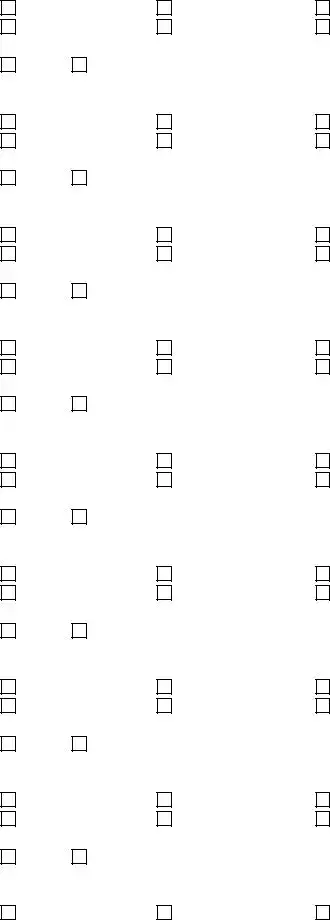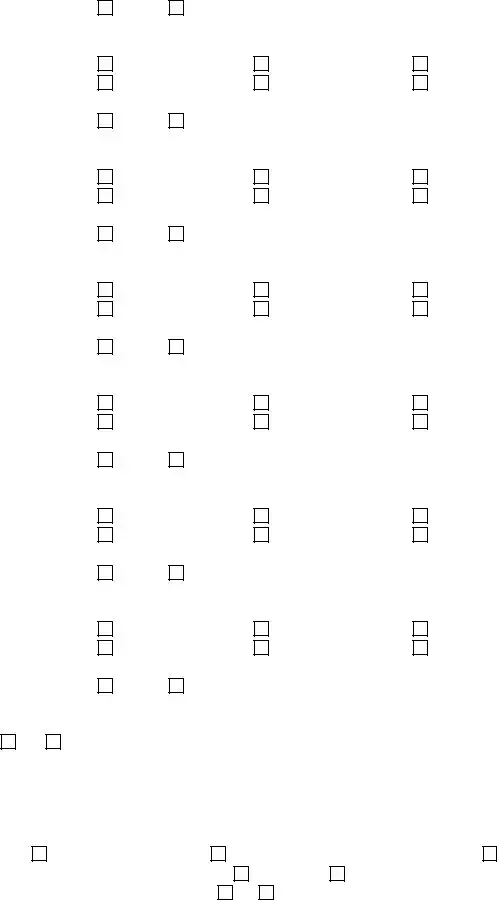What is the purpose of the Buyer Home Checklist form?
The Buyer Home Checklist is designed to assist prospective homebuyers during the property showing process. It provides a structured format for recording essential details about a property, including its characteristics and conditions. By using this checklist, buyers can organize their observations and prioritize aspects that matter most to them when considering a potential purchase.
Who should fill out the Buyer Home Checklist?
The checklist is meant to be completed by both the seller and the buyer. The seller fills in basic information about the property, such as the address, number of bedrooms, and asking price. The buyer then uses the checklist during the home viewing to note details related to the condition of various areas and features of the home, allowing for a comprehensive assessment.
What specific information is included in the checklist?
The checklist covers a wide range of property features. For example, it asks for details on the condition of walls, floors, ceilings, outlets, and other aspects of different rooms. Additionally, it includes questions about the home’s location, such as proximity to work, schools, and public amenities. This helps the buyer evaluate not only the physical condition of the house but also its suitability for their lifestyle.
How does the checklist aid in the decision-making process?
By providing a comprehensive overview of the property, the checklist helps buyers identify both the positive features and potential concerns. Buyers can use their notes to compare different properties more easily and make informed decisions. Having this information organized helps streamline discussions with real estate agents or during negotiations.
What should a buyer do if they find issues during their inspection?
If a buyer identifies issues during their inspection, it is important to document these concerns on the checklist. They can then raise such issues with their real estate agent, who may advise on next steps. Depending on the severity of the findings, this could involve requesting repairs, negotiating the purchase price, or potentially walking away from the deal.
Are there any recommended follow-up actions after using the checklist?
Yes, following the completion of the checklist, buyers should review their notes and prioritize the key points. It may be beneficial to discuss findings with experts, such as home inspectors, to gain additional insights. Buyers can also compare their notes across different properties to clarify their preferences before making an offer.
Can the Buyer Home Checklist form be customized?
While the checklist provides a standardized format, buyers are encouraged to personalize it by adding specific notes or categories that are important to them. This customization can include additional features they care about or specific concerns relevant to their unique situation, enhancing its utility during the home-buying process.
What should buyers consider regarding the neighborhood while using the checklist?
Neighborhood factors play a crucial role in the home-buying decision. The checklist prompts buyers to consider elements such as proximity to schools, shopping, public transportation, and noise levels. Understanding the neighborhood dynamics helps buyers assess whether the location aligns with their lifestyle preferences and long-term plans.




